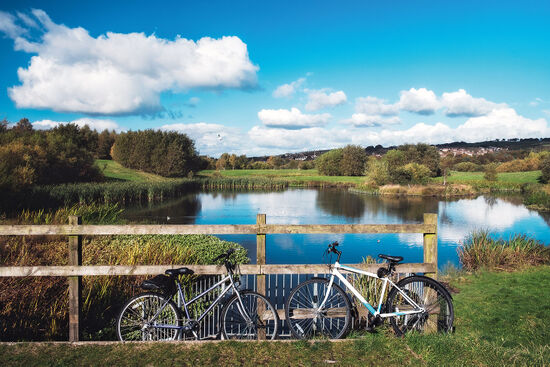The CTC forgot the coffee. Way back in the late 19th century, a charity called the Cyclists’ Touring Club (CTC) did a deal with hoteliers across Britain to offer simple but adequate overnight accommodation for cyclists at a fixed nationwide tariff. With the growing popularity of cycling, it brought a lot of business to rural hotels, and it was good for cyclists who thus secured a bed at a reasonable rate.
In time the scheme was extended to the continent, with the initial offering focusing on northern France — which was then a popular destination for British cyclists venturing abroad for the first time.
The CTC deal in Britain went beyond just beds, with a fixed price for bacon and eggs served at breakfast. But drinks were excluded from the national scheme, leaving cyclists to pay full whack for their beer, wine, tea and coffee.
So did the CTC really just forgot the coffee? Or were they sidestepping one of the great social divides of Victorian Britain, which hinged on alcohol? The ascendancy of the CTC coincided with the heyday of the temperance movement.
New mobility, new freedoms
Cyclists were not averse to controversy, but the CTC was cautious. Cyclists pedalled their way through the great political upheavals of the period, often finding common cause with feminists and socialists. Indeed, the bicycle was one of the great allies of the suffragettes, affording independent mobility and nicely underpinning the rational dress movement. Bikes and billowing skirts make dangerous partners.
For the American suffragette Frances Willard, also a champion of the temperance movement, who took to two wheels only in her fifties, the bicycle was a wondrous invention. Willard wrote: “I began to feel that myself plus my bicycle equalled myself plus the world.”


